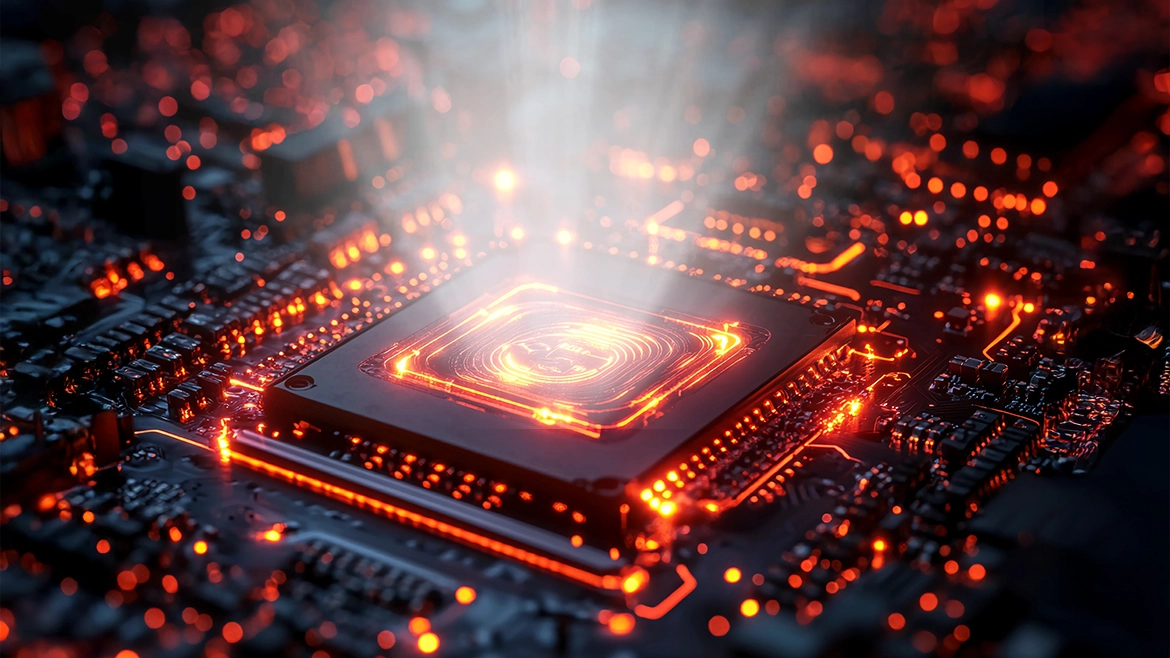For decades, computing has revolved around electrons flowing through silicon. But as we hit the limits of Moore’s Law and face bottlenecks in speed, energy consumption, and heat generation, a new era is emerging—Photonic Computing, where information is processed using particles of light instead of electricity.
At its core, photonic computing uses photons—massless, high-speed carriers of information—to perform calculations. Unlike electrons, photons don’t generate heat as they move, and they can transmit data at the speed of light with minimal loss. The result? Processors that are exponentially faster, cooler, and more energy-efficient than anything we’ve seen before.
This paradigm shift has the potential to redefine what’s possible in fields demanding extreme processing power: artificial intelligence, high-frequency trading, climate modeling, cryptography, and more. Where traditional CPUs struggle with complex neural networks or massive data sets, photonic chips could process them in real time with far less power.
The technology also enables parallelism at a scale previously unthinkable. Using different light wavelengths (a process called wavelength-division multiplexing), photonic systems can handle multiple streams of data simultaneously without interference—massively increasing throughput.
Early prototypes from startups and research labs have shown promise, with integrated photonic processors already outperforming traditional chips in specific AI workloads. Companies like Lightmatter and Lightelligence are leading the charge, developing hybrid solutions that combine the best of both photonic and electronic computing.
Of course, challenges remain—particularly around scalability, integration with existing hardware, and cost of production. But as materials science, nanofabrication, and photonic design rapidly evolve, the road to commercial adoption is shortening.
Photonic computing isn’t just a faster engine for current systems—it’s a fundamentally different architecture. One that could transform the future of smart devices, autonomous systems, and supercomputing. The race is on, and the future is—literally—looking brighter.


